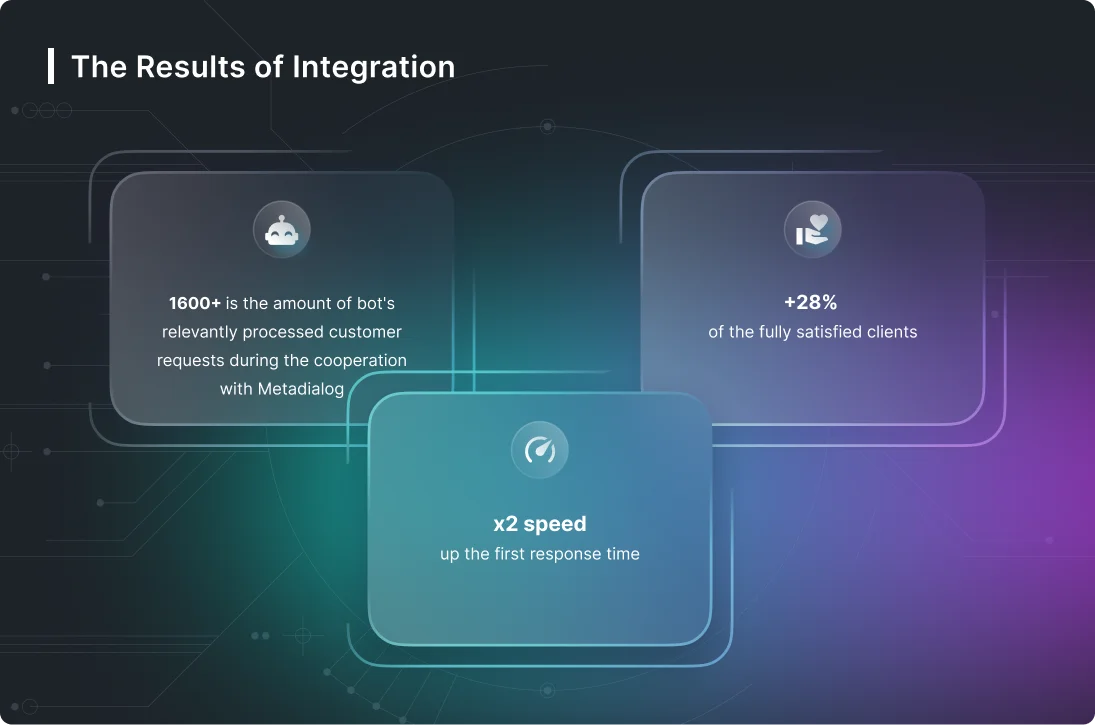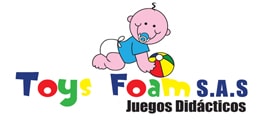What to Know to Build an AI Chatbot with NLP in Python
Inaccuracies in the end result due to homonyms, accented speech, colloquial, vernacular, and slang terms are nearly impossible for a computer to decipher. Next you’ll be introducing the spaCy similarity() method to your chatbot() function. The similarity() method computes the semantic similarity of two statements as a value between 0 and 1, where a higher number means a greater similarity. You need to specify a minimum value that the similarity must have in order to be confident the user wants to check the weather. This tutorial assumes you are already familiar with Python—if you would like to improve your knowledge of Python, check out our How To Code in Python 3 series. This tutorial does not require foreknowledge of natural language processing.
You can add as many synonyms and variations of each user query as you like. Just remember that each Visitor Says node that begins the conversation flow of a bot should focus on one type of user intent. Natural language processing (NLP) happens when the machine combines these operations and available data to understand the given input and answer appropriately. NLP for conversational AI combines NLU and NLG to enable communication between the user and the software.
A Learning curve
This allows enterprises to spin up chatbots quickly and mature them over a period of time. This, coupled with a lower cost per transaction, has significantly lowered the entry barrier. As the chatbots grow, their ability to detect affinity to similar intents as a feedback loop helps them incrementally train. This increases accuracy and effectiveness with minimal effort, reducing time to ROI. «Improving the NLP models is arguably the most impactful way to improve customers’ engagement with a chatbot service,» Bishop said. «Thanks to NLP, chatbots have shifted from pre-crafted, button-based and impersonal, to be more conversational and, hence, more dynamic,» Rajagopalan said.
Chatbots with AI and NLP are equipped with a dialog model, which use intents and entities and context from your application to return the response to each user. The dialog is a logical flow that determines the responses your bot will give when certain intents and/or entities are detected. In other words, entities are objects the user wants to interact with and intents are something that the user wants to happen. Once the intent has been differentiated and interpreted, the chatbot then moves into the next stage – the decision-making engine.
The Language Model for AI Chatbot
I will define few simple intents and bunch of messages that corresponds to those intents and also map some responses according to each intent category. I will create a JSON file named “intents.json” including these data as follows. Don’t be scared if this is your first time implementing an NLP model; I will go through every step, and put a link to the code at the end.

Shoppers are turning to email, mobile, and social media for help, and NLP chatbots are agile enough to provide omnichannel support on all of your customers’ preferred channels. Not all customer requests are identical, and only NLP chatbots are capable of producing automated answers to suit users’ diverse needs. Treating each shopper like an individual is a proven way to increase customer satisfaction. nlp chat bot For correct matching it’s seriously important to formulate main intents and entities clearly. If there is no intent matching a user request, LUIS will find the most relevant one which may not be correct. Unfortunately, there is no option to add a default answer, but there is a predefined intent called None which you should teach to recognize user statements that are irrelevant to your bot.
Model Training
You can use the drag-and-drop blocks to create custom conversation trees. Some blocks can randomize the chatbot’s response, make the chat more interactive, or send the user to a human agent. So, if you want to avoid the hassle of developing and maintaining your own NLP conversational AI, you can use an NLP chatbot platform. These ready-to-use chatbot apps provide everything you need to create and deploy a chatbot, without any coding required. As many as 87% of shoppers state that chatbots are effective when resolving their support queries. This, on top of quick response times and 24/7 support, boosts customer satisfaction with your business.
